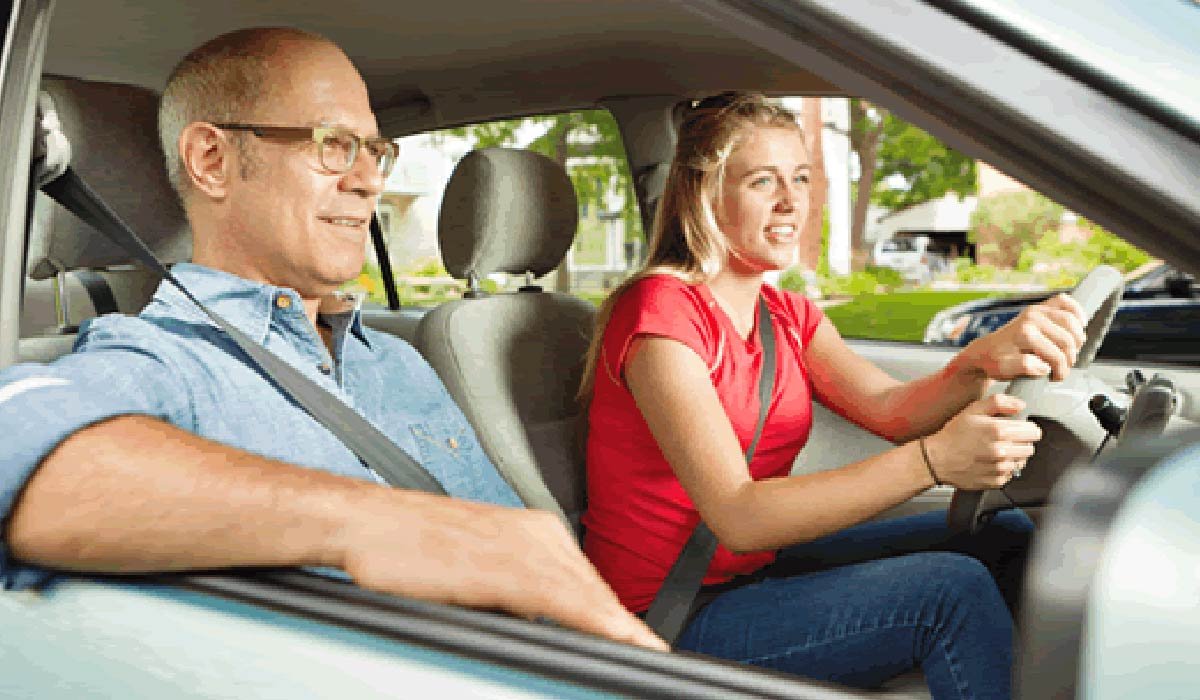Business
Driving Others Safely: The Essential Checks

When you’re behind the wheel with friends, family or colleagues onboard, your responsibilities go well beyond simply reaching your destination. Ensuring everyone’s safety depends on thoughtful preparation before you set off and not just mechanically, but mindfully too.
To that end, we’ve put together a list of the key safety checks you should always perform before every trip, because mindful preparation today helps turn every shared journey into an experience of trust, comfort and confidence and ensures you’ll never have to deal with any passenger accident claims.
Tyres and Brakescl
Tyres are literally the only points of contact between your vehicle and the road. Incorrect tyre pressure, worn tread or damaged sidewalls significantly reduce grip (especially in wet or slippery conditions) and increase stopping distance. Brakes are your final defence. A spongy brake pedal, uneven wear or leaking brake fluid all signal risk. A basic visual inspection and pedal test can spot early warning signs. Before your next ride with others aboard, check tyre inflation, tread depth and condition. Then test the brakes for firmness and responsiveness. Doing so ensures safe handling and stopping power when it matters most.
Lights and Signals
Visibility and communication are critical, particularly when you’re carrying others. Headlights, brake lights, indicators, side lights and reverse lights all play a role. One faulty bulb may reduce your ability to signal, be seen or respond to changes. Take a minute before you set off: walk around your vehicle, activate each light, ensure all signals flash properly. A quick check now could prevent a serious consequence later.
Seatbelts and Seating
No matter how short the journey, every passenger must be secured. Make sure each seatbelt is functional: no frays, no caught mechanisms, and that buckles click properly. Also, check the seating position: if children are on board, ensure the correct child seats or booster seats are in place and secured. Seating comfort plays a role too, of course, because if your passengers feel secure and relaxed, the driver can focus better.
Fluid Levels
Vehicle fluids aren’t glamorous, but they’re essential. Engine oil, coolant, brake fluid, windshield washer fluid and more all keep your car running smoothly and safely. Low or dirty fluids can lead to increased wear, overheating or reduced braking performance. Before you depart, take a quick glance at the dipstick or reservoir levels (engine off/cool where appropriate), top up washer fluid, and visually inspect for leaks. A little check now can spare you much larger problems mid-journey.
Driver Focus
Safety starts with the driver’s mindset. Your alertness, distractions, speed awareness and decision-making will dictate how safely everyone travels. Always avoid driving while fatigued or under the influence, switch off unnecessary electronics, and give full attention to the road.
Driving others safely is all about mindset, preparation and respect for everyone in the vehicle. Performing these five checks (tyres and brakes, lights and signals, seatbelts and seating, fluid levels and driver focus) before you start your journey ensures that you’re not only road-legal, but genuinely road-safe.
-

 Celebrity1 year ago
Celebrity1 year agoWho Is Jennifer Rauchet?: All You Need To Know About Pete Hegseth’s Wife
-

 Celebrity1 year ago
Celebrity1 year agoWho Is Mindy Jennings?: All You Need To Know About Ken Jennings Wife
-

 Celebrity1 year ago
Celebrity1 year agoWho Is Enrica Cenzatti?: The Untold Story of Andrea Bocelli’s Ex-Wife
-

 Celebrity1 year ago
Celebrity1 year agoWho Is Klarissa Munz: The Untold Story of Freddie Highmore’s Wife
















